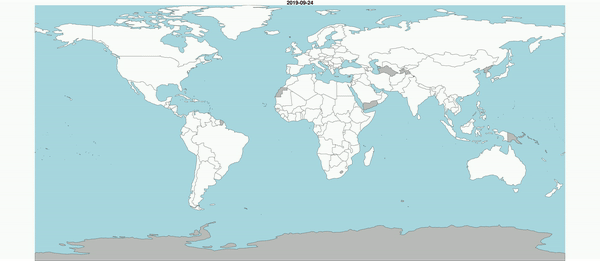When did the first COVID-19 case arise?


Using methods from conservation science, a new analysis suggests that the first case of COVID-19 arose between early October and mid-November, 2019 in China, with the most likely date of origin being November 17. David Roberts of the University of Kent, U.K., and colleagues present these findings in the open-access journal PLOS Pathogens.
The origins of the ongoing COVID-19 pandemic remain unclear. The first officially identified case occurred in early December 2019. However, mounting evidence suggests that the original case may have emerged even earlier.
To help clarify the timing of the onset of the pandemic, Roberts and colleagues repurposed a mathematical model originally developed by conservation scientists to determine the date of extinction of a species, based on recorded sightings of the species. For this analysis, they reversed the method to determine the date when COVID-19 most likely originated, according to when some of the earliest known cases occurred in 203 countries.
The analysis suggests that the first case occurred in China between early October and mid-November of 2019. The first case most likely arose on November 17, and the disease spread globally by January 2020. These findings support growing evidence that the pandemic arose sooner and grew more rapidly than officially accepted.
The analysis also identified when COVID-19 is likely to have spread to the first five countries outside of China, as well as other continents. For instance, it estimates that the first case outside of China occurred in Japan on January 3, 2020, the first case in Europe occurred in Spain on January 12, 2020, and the first case in North America occurred in the United States on January 16, 2020.
The researchers note that their novel method could be applied to better understand the spread of other infectious diseases in the future. Meanwhile, better knowledge of the origins of COVID-19 could improve understanding of its continued spread.
Source: Read Full Article




